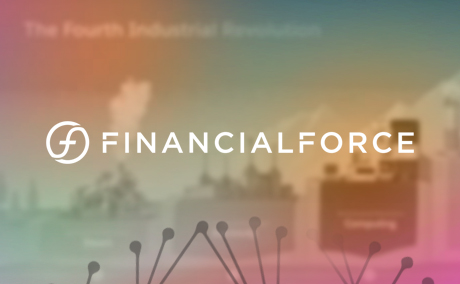We sit at a historical crossroads in the business world. In less than 15 years, companies such as Facebook, Netflix, Amazon, and Alibaba have gone from tiny unknown startups to game-changers, completely disrupting every industry from media and technology to entertainment and retail. How did this happen so quickly?
All these great disruptors have one thing in common: automation driven by artificial intelligence (AI). In aggregate, these organisations have spent billions of dollars hiring and acquiring AI talent and capabilities, and then infusing those resources throughout their core processes to outpace the competition.
But the rest of us don’t have billions to spend on AI. How can smaller service-based organisations leverage the power of AI to survive and thrive in this increasing competitive landscape?
The new services economy
While many businesses have already taken the important first step from legacy, on-premise to cloud-first systems, a critical obstacle remains: most cloud enterprise resource planning (ERP) and professional services automation (PSA) systems are still designed for the linear, transactional, order-to-cash process. This poses a problem as the new services economy is just that, new services. No longer are customers wanting to be the stop gap between Sales and Support. With everything residing in or moving to the cloud the need for a services partner throughout the customer lifecycle is a necessity. That introduces the need for new services such as managed and technical services. As these new services are introduced so are new methodologies, new skill sets, new billing processes, new revenue treatments, etc.
Using such systems will unfortunately turn the back office into an anchor, slowing innovations around new service and revenue models developed by the rest of the business. Organisations that want to be able to act rapidly and intelligently best serve their customers must instead choose technology solution built around leveraging AI technologies in the new services economy.
So how can the consulting industry benefit?
By running AI-powered technology internally, consulting organisations are able to quickly capitalise on benefits in three core areas:
CONSISTENCY: As a company looking to grow, keeping everyone on the same page is critical. By embedding AI into all our core ERP processes, you can consume data, understand patterns, and have a single view of your customers that spans sales, marketing, support and operations. AI allows you to maintain a single, consistent view of your customers, products and services that adjusts in real-time to customer actions, sentiment and capabilities at data volumes and velocities greater than the capability of a human to do on their own.
EFFICIENCY: Human Capital often represents the vast majority of cost for providing a service. Anything that makes individuals and groups more efficient provides immediate value within an individual project. However, being able to “do more with the same” human capital from an operational standpoint has strong bottom-line impact as well. Consulting organisations are able to grow revenues, customer count, and quantity of professional service projects at double digit rates without adding corresponding operational headcount, thanks to efficiencies found through AI-powered technology. Utilising past patterns of behavior, customer sentiment, and product usage data enables focus on customers that are in danger of attrition, or more favorably, at a point where sales of additional users or products would be met positively.
PREDICTABILITY: Being able to understand future demand & capacity, the skills required for such projects, and the best areas for expansion has always been difficult for most services organisations to determine. AI-powered applications can examine and visualise predictive patterns based on a volume and variety of structured and unstructured data that would be impossible for a human to analyse. These models can be constantly tuned to an organisation’s specific service offerings to obtain greater predictive precision and reduce forecast variance. At a macro-level, predictive models around “project profitability” and “propensity to pay” can make the difference between growth and failure for a service-based organisation.
Professional Services Automation (PSA) software gives you the visibility and power to drive revenue growth, improve margins and deliver on your promises. Watch this short video

